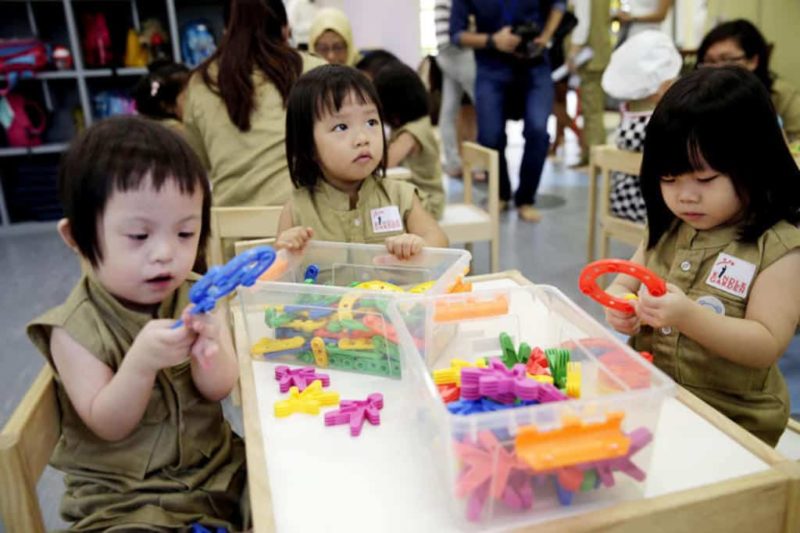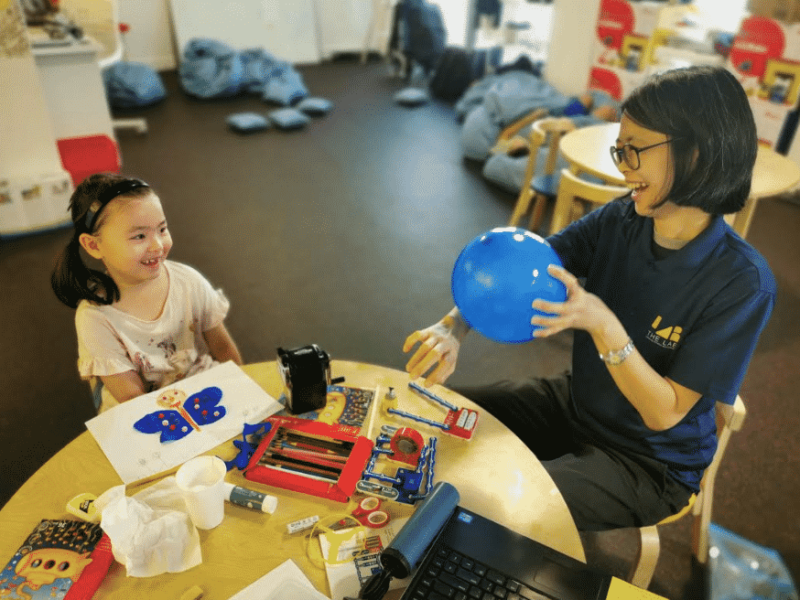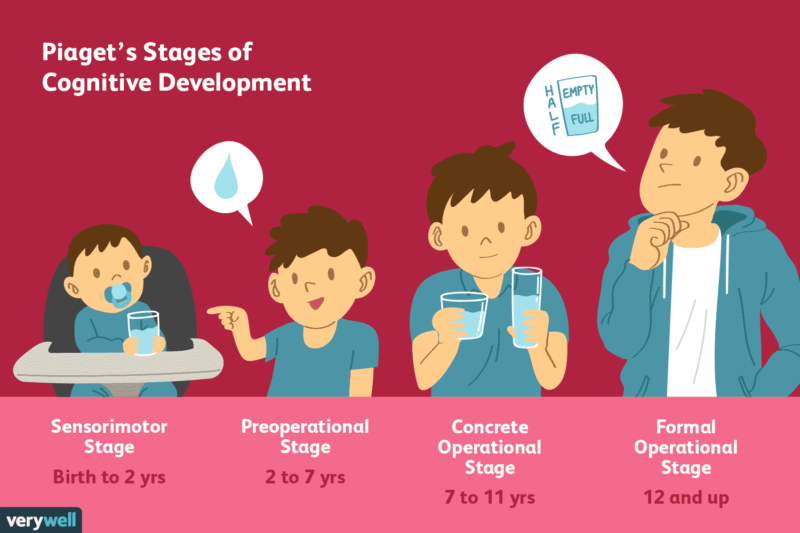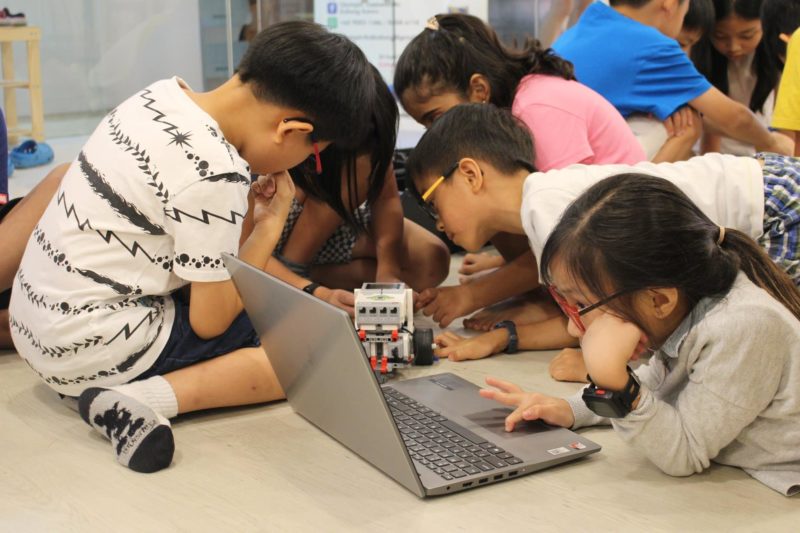Ever felt helpless when your child cries uncontrollably and without any apparent reason?
Oh my god, why is this happening again?
I bet this runs through your mind when your child throws one of his crazy episodes. Before we touch on the topic of understanding children’s tantrums, we would need to explain a little about the anatomy of our brain.
The Downstairs Brain
Most of us have only heard of the left and right brain. Did you know that there is also something called the upstairs and downstairs brain?
Imagine that your brain is like a house, with both a downstairs and an upstairs. The downstairs brain includes the brain stem and the limbic region, which are located in the lower parts of the brain, from the top of your neck to the bridge of your nose. These lower parts of your brain are responsible for basic functions, for innate reactions and impulses for strong emotions. They relate to feelings like fear, flight, anger, fight. In essence, your downstairs brain takes care of your basic needs.
The Upstairs Brain
Your upstairs brain is completely different. It’s made up of the cerebral cortex. Unlike your more basic downstairs brain, the upstairs brain is more evolved and can give you a fuller perspective of your world. This is where more intricate mental processes take place, like thinking, imagining and planning. Whereas the downstairs brain is primitive, the upstairs brain is highly sophisticated, controlling some of your most important higher-order and analytical thinking.
Now that you understand parts of a brain, let’s touch on the topic of why does my child cries uncontrollably?
As much as we want our kids to grow up and mature, there are two important reasons why maintaining a certain amount of expectation is required.
- While the downstairs brain is well developed even at birth, the upstairs brain isn’t fully mature until a person reaches his mid-twenties. In fact, it’s one of the last parts of the brain to develop. The upstairs brain remains under massive construction for the first few years of life, then during the teen years undergoes an extensive remodel that lasts into adulthood.
- The blocker – the amygdala. The amygdala is about the size of an almond, residing in the downstairs brain. Its job is to process something quickly especially anger and fear. In most situations, our daily actions call for our brain to think before acting. There are very few occasions whereby we are in danger and hence it calls for quick thinking. The problem with children especially is that the amygdala frequently fires up and blocks the stairway connecting the upstairs and downstairs brain.
In our next few posts, we will be sharing with you the type of tantrums and the strategies to tackle episodes and tantrums. Stay tune!















